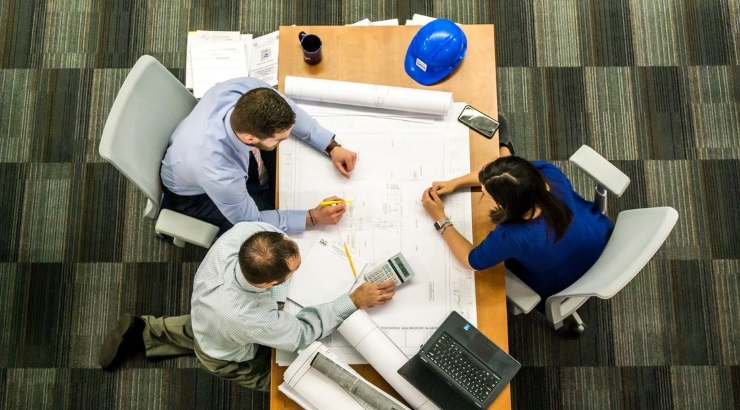Construction specifications are extremely important in any building project, from a small home renovation to a large commercial development. They detail all of the information required to build the structure correctly, and also provide details that may not be apparent on site such as environmental factors and local regulations. Without them, it is much easier for mistakes to be made or important details to be overlooked which can lead to issues further down the line. Let’s take a look at why construction specifications matter so you can understand their importance when planning your next construction project – whether it’s as simple as renovating your kitchen or as complex as constructing an office block.
Why are building construction specifications important?
Construction specifications are key for a couple of reasons. Firstly, they help to create a solid foundation for the project. Without them, the job is much more difficult to manage and there is a higher chance that problems may occur. This is because without the information provided in the specifications, it is more difficult to know if a contractor is doing the job correctly. It is like playing a game of chess with half the pieces missing. Sure, you might be able to win a few games, but it will be much more difficult and you will run a higher risk of making mistakes. With the correct specifications, you have all of the information you need to manage the project and ensure it is completed correctly. Secondly, they help to ensure that the building is designed and built in a way that meets its requirements and complies with regulations. This is important because it helps to reduce the costs of maintenance and future repairs by ensuring that the structure is built to last.
Why are construction specifications necessary?
To create quality construction and make sure the structure is built correctly, it is necessary to have a set of construction specifications on site for the contractor to follow. This is so that you can be sure that the contractor is constructing the building according to the design, and that they are using the correct materials. If everything is written down, there is less room for error, and you can check that everything is being done correctly. Without them, it is difficult to communicate the design or get contractors to follow the design correctly. You may find that you need to double check everything that is being done, which can slow down the project, increase costs, and cause frustration among the team.
How do BCSD benefit a construction project?
Building construction specifications detail everything that is required to build a structure, from the materials to be used to the sequence of construction activities. They also include information on any local changes that may affect the building, such as local regulations or weather conditions. Without building construction specifications, a project will be much more difficult to manage and there is a higher chance that mistakes will be made. This is because without these details, it is more difficult to know if a contractor is doing the job correctly and working to meet the design requirements. Without BCSD, a project can become much less organized and contractors are more likely to make mistakes.
How do we create construction specifications?
The first thing to do when creating construction specifications is to look at the design and decide which elements need to be included in the BCSD. You will then need to find the correct format for your specifications. You can do this by searching online for sample BCSD or reading these articles to get an idea of what they should include. Once they are written, they need to be checked and verified by the client, contractor, and architect. These each need to sign off on the specifications as a way of verifying and approving them.
Who writes the construction specification?
This really depends on the project, the client, and the construction team in place. It is best if one person is responsible for writing the construction specifications. In smaller projects, the architect or engineer may write the BCSD, but on larger projects, this will be done by a technical writer. In commercial projects, it is best to have the client involved in the process to ensure that they are happy with the details. This will help create specifications that will be useful on site and be more likely to be followed correctly.
What should be included in the BCSD?
The specifics of what goes into BCSD will depend on the project and the requirements, but there are a few things that are almost always included. This includes the design details, CAD drawings, and information on how to construct the building. Additionally, you may want to include additional details on local regulations, weather conditions, materials, and other factors that can impact the construction.
2 Key Components of a Good Construction Specification
Correctness – the BCSD must be written correctly and be accurate. This will ensure that the project is built as intended and it will be easier for contractors to follow when on site. If any details are missing, this will slow down the project, increase costs, and cause issues on site.
Clarity – the BCSD must be written in a way that is easy to understand. This is to make sure that contractors can follow the specifications correctly and no room for miscommunication is left. If the specifications are unclear, contractors may not know what to do, which can cause confusion and mistakes.
When should construction specifications be reviewed?
Construction specifications should be reviewed at the start of the project and throughout the construction process to ensure that they are up to date. You should also review them after the project is complete to see if there are any improvements that can be made. This will help to reduce rework and make the next project smoother. If you are planning on undertaking a building project, it is important that you understand the importance of construction specifications and how they can help you to make sure the project is completed on time and with the correct materials and design. Before you start construction, you will need to create construction specifications that detail the design and include all of the details required to build the structure correctly.

